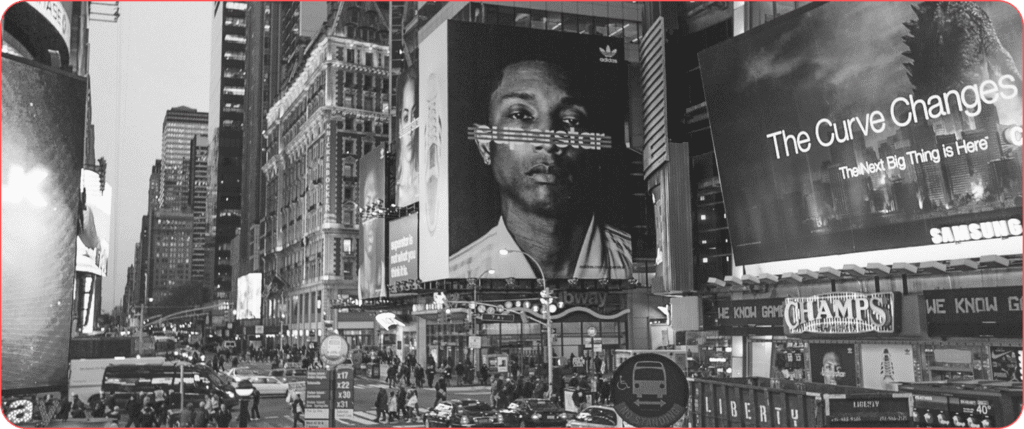Searching for a job often feels like shouting into the void. You apply, you wait. You send messages, you hope. But what if I told you that there’s a smarter way to job hunt — one that uses data to guide your actions and increase your chances of landing interviews?
Welcome to the world of job search metrics.
Just like marketers and salespeople track conversion funnels to hit their targets, you too can create a measurable, predictable path to landing interviews. In this guide, I’ll break down six key job search metrics that will help you stop guessing and start strategizing.
- Application > Interview Rate
How many online applications do you need to get one interview?
Let’s begin with what most job seekers do first: online applications. It’s easy, it feels productive, and everyone’s doing it. But here’s the reality — your success rate is probably much lower than you think.
Application > Interview Rate = Number of interviews ÷ Number of applications submitted
Tracking this helps you understand the real output of your online efforts. If you’re applying to 100 jobs and only landing 1 or 2 interviews, it’s time to rethink your resume, targeting, or strategy.
Pro tip: Customize your resume and cover letter for every role. Even minor tweaks can significantly improve your conversion rate.
- Your Networking Toolbox
Are you diversifying your outreach?
Networking isn’t just about LinkedIn cold messages. A strong job search strategy should include:
- Informational interviews
- LinkedIn content engagement
- Alumni or industry-specific groups
- Webinars and events
- Referrals via mutual connections
Build a spreadsheet with each tactic as a column and track results like replies, meetings, and referrals. This data will show you what’s actually working — and where to double down.
- Networking Reply Rate
How many people respond to your outreach?
This is a simple but crucial metric:
Reply Rate = Number of replies ÷ Number of outreach messages
If you send 30 messages and only get 3 responses, that’s a 10% reply rate — and a signal to improve your messaging. Maybe your message is too generic. Maybe you’re reaching out to the wrong audience. A reply rate of 30–50% is solid; anything lower needs attention.
Pro tip: Make your message personal. Mention mutual interests or specific parts of their profile. Keep it concise and clear.
- Reply > Informational Interview Rate
Are your replies turning into meaningful conversations?
The goal of networking isn’t just to chat — it’s to connect deeply. This metric shows how effective your replies are at progressing into conversations:
Informational Rate = Number of informational interviews ÷ Number of replies
If you’re getting replies but no invites to talk, it may be that your follow-up isn’t strong enough. Don’t be shy. Express genuine interest in their experience and ask for 15–20 minutes of their time.
- Informational > Referral Rate
How often do your conversations lead to referrals?
The golden outcome of informational interviews? Referrals.
Referral Rate = Number of referrals ÷ Number of informational interviews
If your referral rate is low, consider this: Are you building enough rapport? Are you clearly expressing your goals? Most people want to help — but they need to feel comfortable doing so.
Pro tip: Don’t ask for a job — ask for guidance. The referral often follows naturally when the connection is strong.
- Referral > Interview Rate
Do referrals lead to actual interviews?
Referrals are powerful — in fact, referred candidates are 4x more likely to land an interview. But even then, not every referral converts. That’s why this last metric matters:
Interview Rate = Number of interviews ÷ Number of referrals
If your referral-to-interview rate is low, revisit your resume or how well-aligned your profile is with the company’s needs. It could also be that the referral isn’t strong or internal enough.
Why This Funnel Works: Make Your Job Search Predictable
When you track these six metrics together, you get a job search funnel — just like a sales pipeline.
Imagine you have these conversion rates:
- Reply Rate = 45%
- Informational Interview Rate = 35%
- Referral Rate = 40%
- Interview Rate = 80%
You can now calculate exactly what you need to do to get interviews:
- Reach out to 20 contacts
- ~9 will reply
- ~3 will agree to talk
- ~1.2 will refer you
- ~1 interview will be booked
Suddenly, your job search isn’t random. It’s structured. Predictable. Strategic.
Final Thought: Don’t Just Work Hard — Work Smart
Most job seekers operate in the dark, applying and hoping. But the modern job market rewards those who treat their search like a process. You’re not just a candidate — you’re a product marketer, and your product is YOU.
Start small. Pick two or three metrics to track this week. Reflect. Adjust. Iterate.
With data on your side, you won’t just search — you’ll land.


